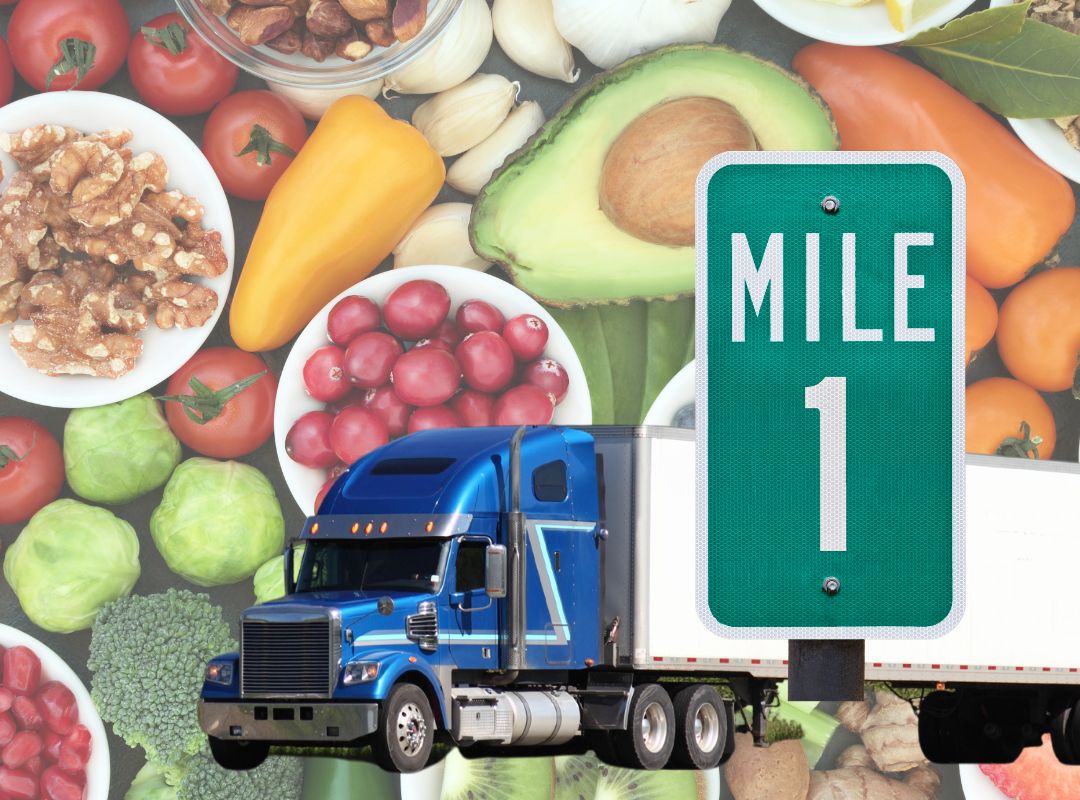
Food: Going the Distance
Students calculate the miles common food items travel from the farm to their plates and discuss the environmental, social, and economic pros and cons of eating local vs relying on a global marketplace for our food.

Students calculate the miles common food items travel from the farm to their plates and discuss the environmental, social, and economic pros and cons of eating local vs relying on a global marketplace for our food.
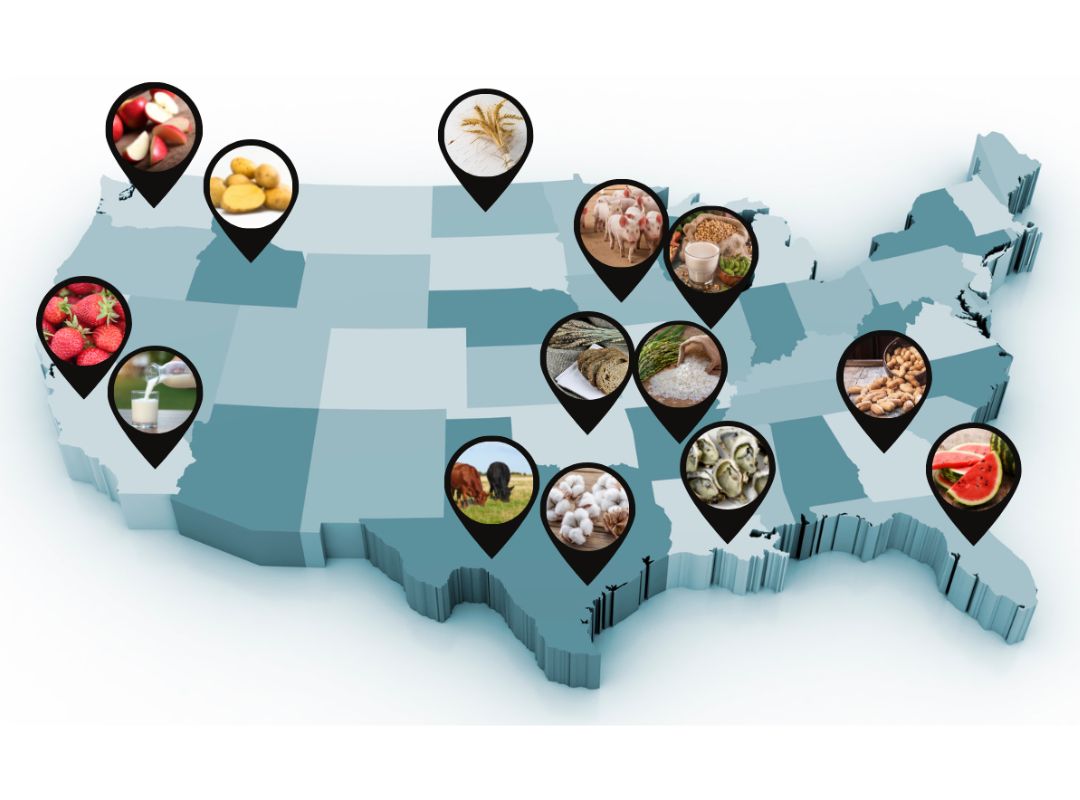
Students will discover how geography and climate influence the crops that are grown and the livestock that is raised in each state.
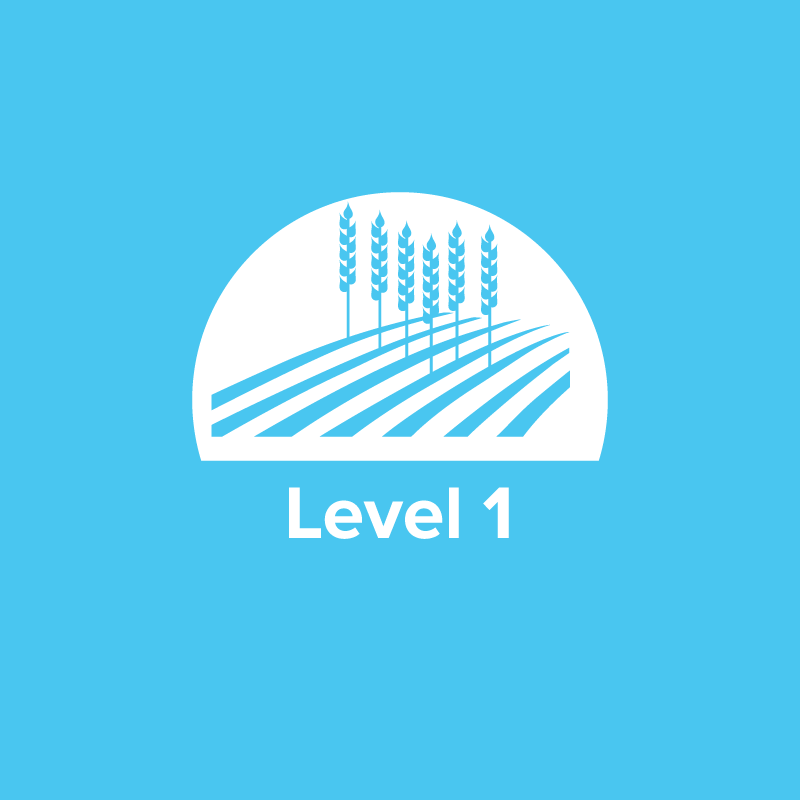
Students will explore the question, “How will we sustainably feed nearly 10 billion people by the year 2050?” as they discover what sustainable agriculture is and how it is critical to securing a stable food supply and future for a growing population.
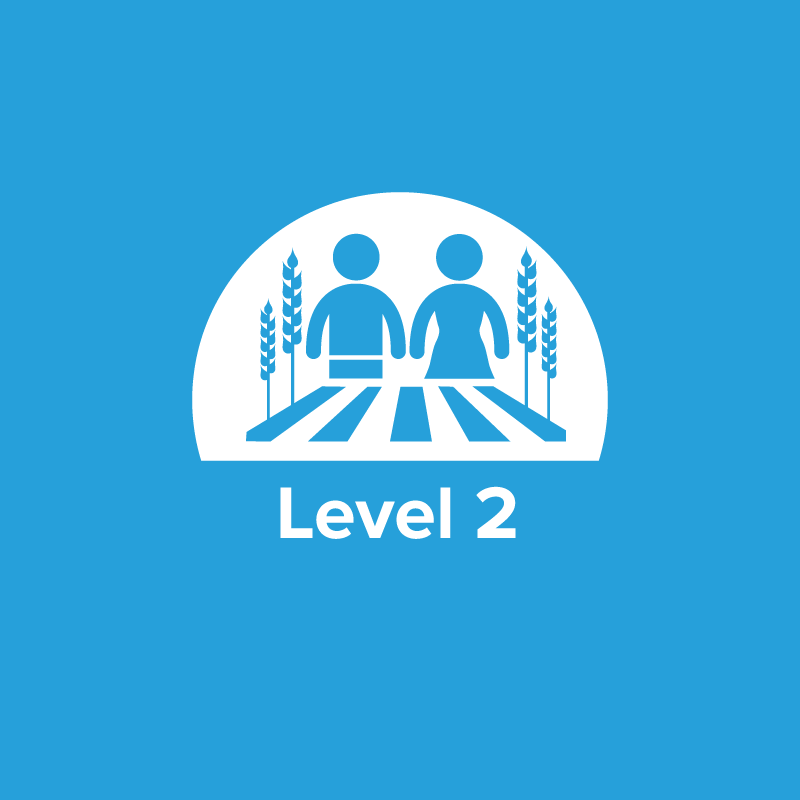
Students will identify nitrogen, potassium and phosphorus as primary soil nutrients necessary in the production of abundant and healthy foods, describe various methods of replenishing soil nutrients that have been depleted by plant growth, discover how overall plant health impacts a plant’s ability to resist disease and pests and describe what best management practices are in agriculture to improve overall sustainability.
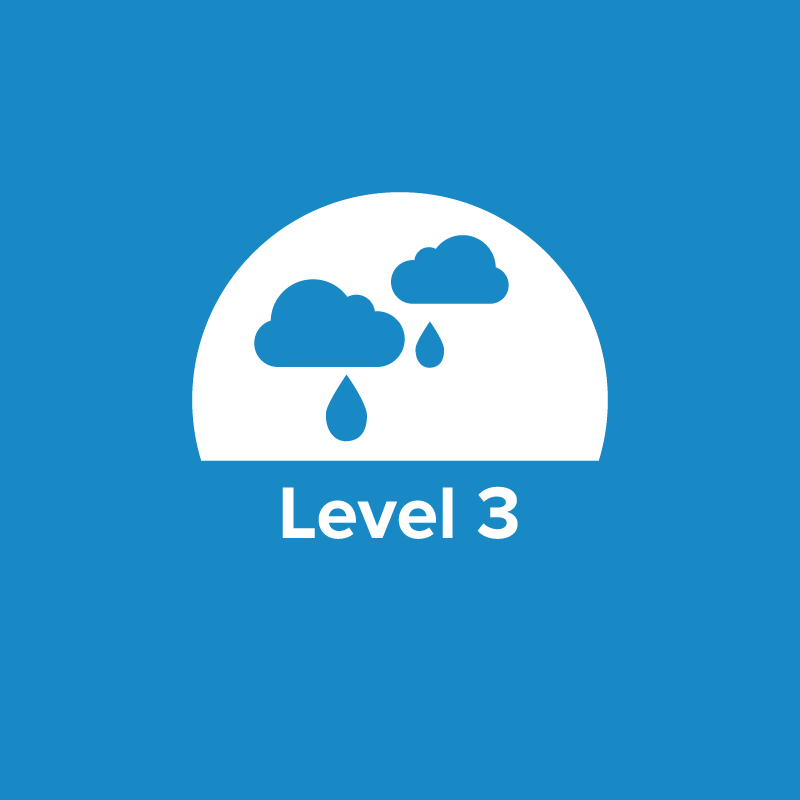
Students will discuss the limited amount of fresh water on earth, identify how best management practices can reduce water consumption, discuss the need for water conservation and protection, and compare and contrast methods of irrigation for water conservation.
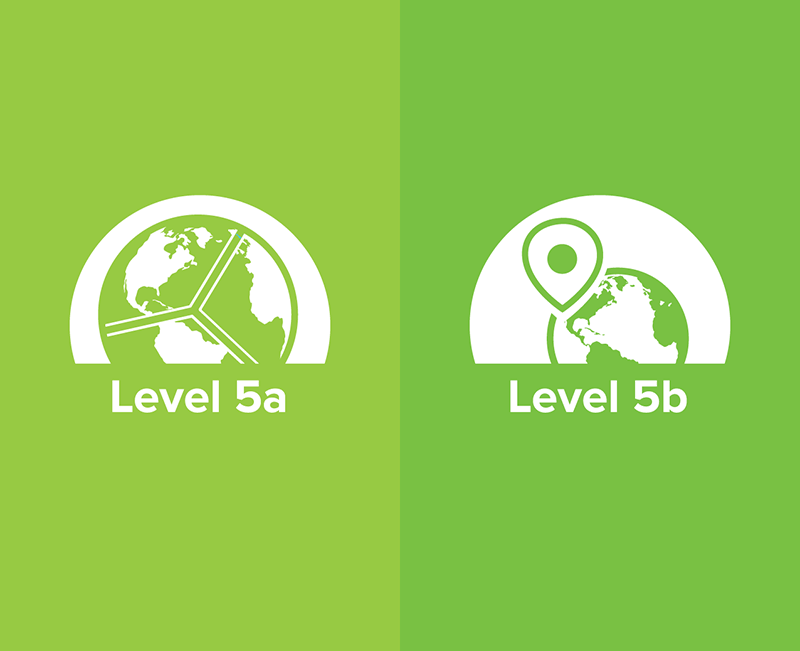
Students will recognize that arable land (ideal land for growing crops) is a limited resource, identify best management practices that can be applied to every stakeholder’s land-use decisions; and analyze and discuss the impacts of food waste on our environment.
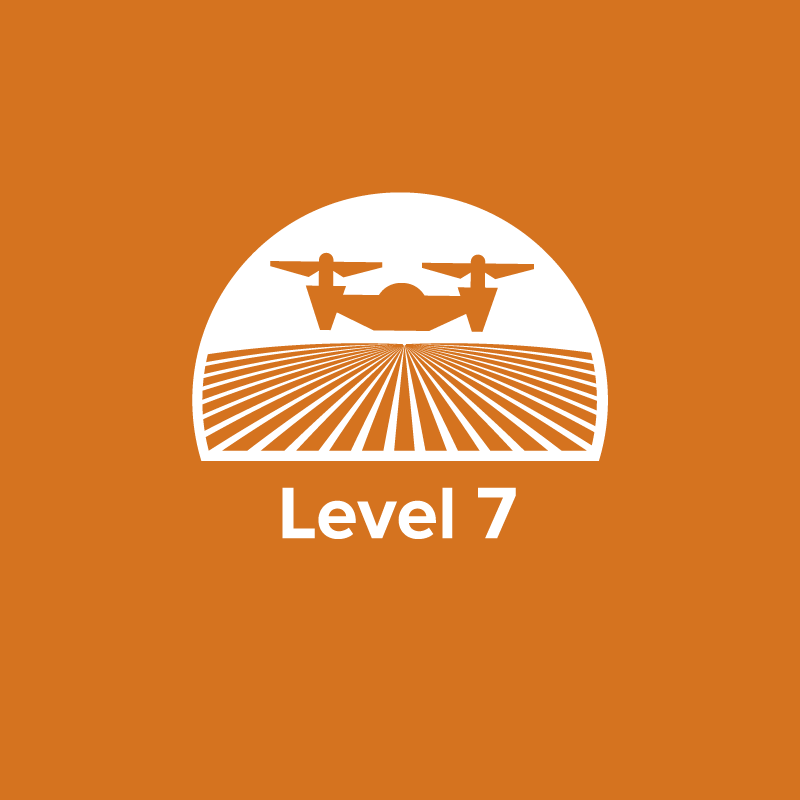
Students will explore new technologies that will impact the future of farming, understand the role of developing countries in food security, and explain how consumers influence the production of food.
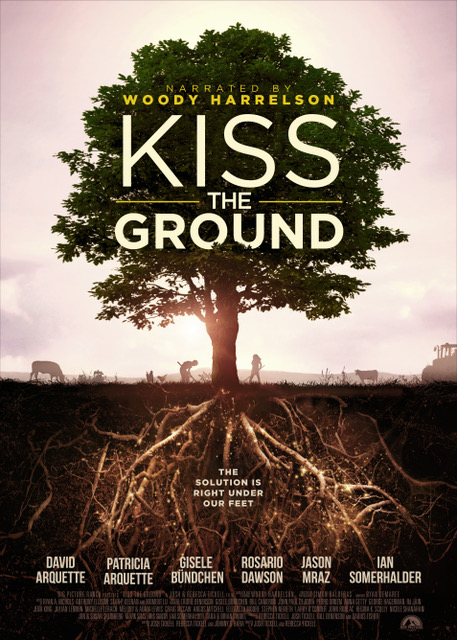
Students will view the 2020 documentary Kiss the Ground to consider the concept of regenerative agriculture as a tool to improve soil health and overall environmental sustainability.
In this lesson, students will take on the role of a nitrogen molecule and experience how various forms of nitrogen cycle through the environment. Students will be able to identify and differentiate between atoms, molecules, and compounds.
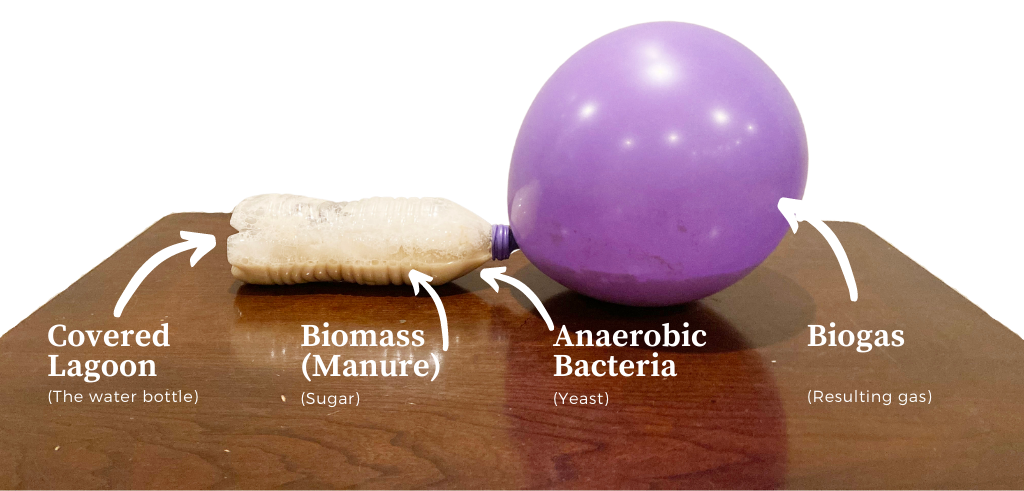
After exploring the science of energy and energy conversion, students will evaluate some environmental impacts of hog farming and explore technologies that minimize negative human impact by creating biogas energy from animal waste.
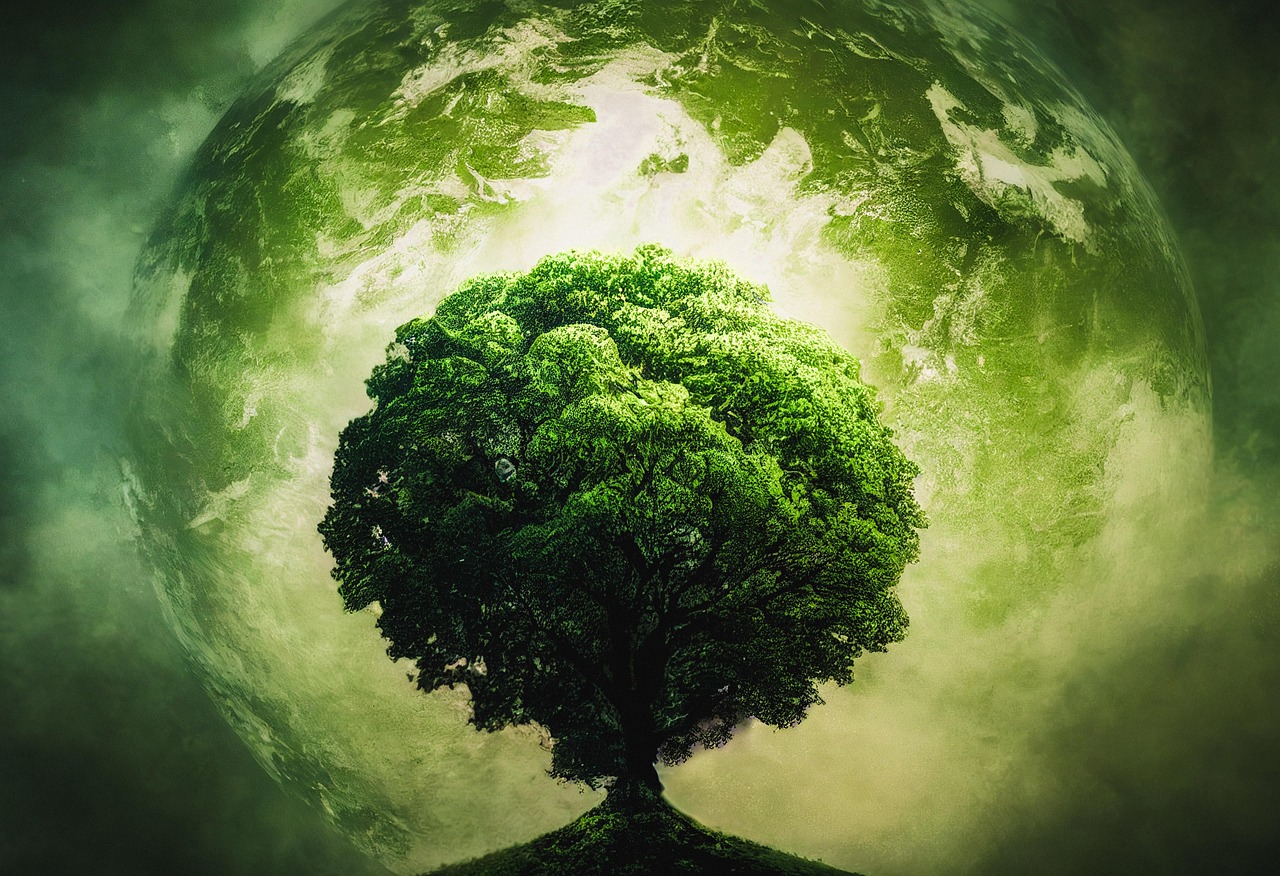
Explore the use of natural resources and how humans impact the environment. Discover the difference between renewable and nonrenewable resources and identify careers related to natural resource management by playing a futuristic simulation game in which teams have to collect limited resources from "Planet Zorcon."
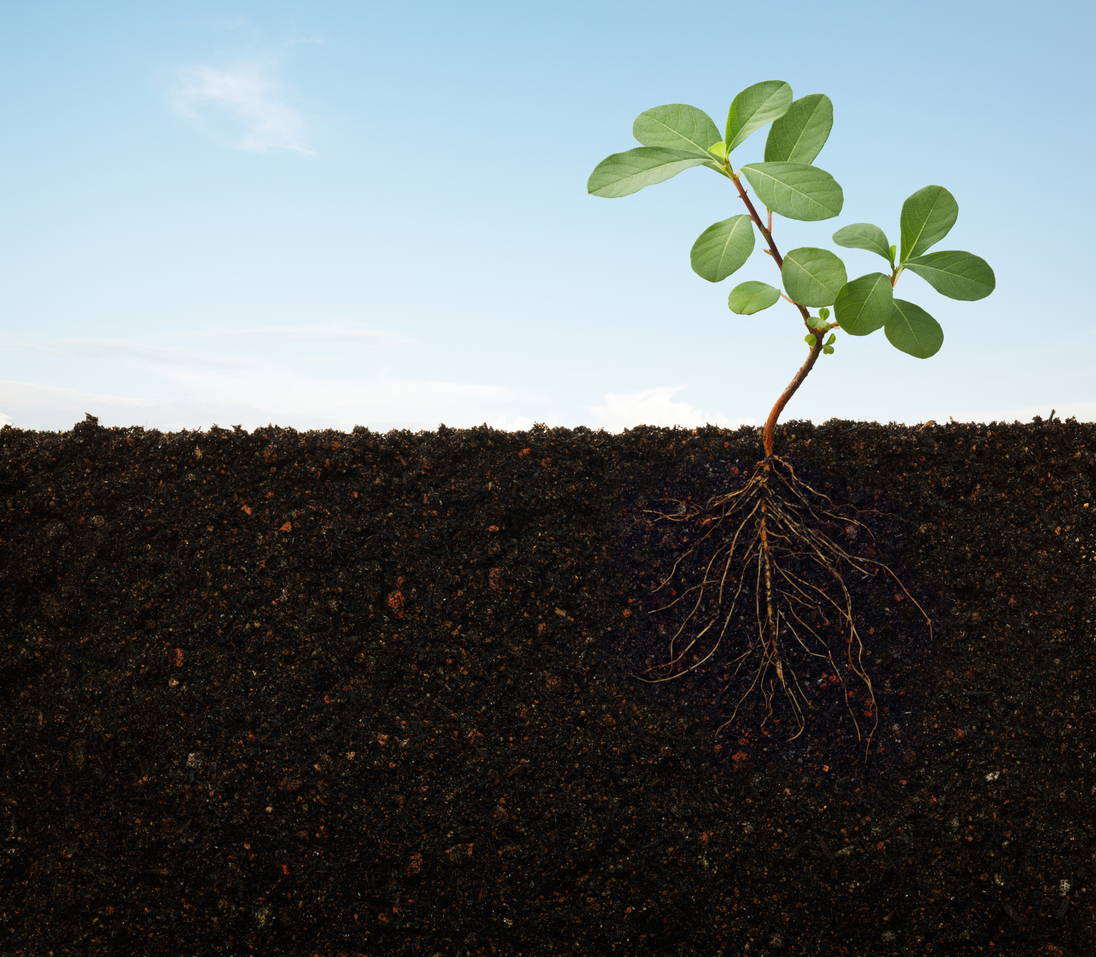
Students will explain the roles of diffusion and active transport in moving nutrients from the soil to the plant, describe the formation of soil and soil horizons; and describe the events in the Great Dust Bowl, how they relate to soil horizons, and how those events affected agricultural practices.